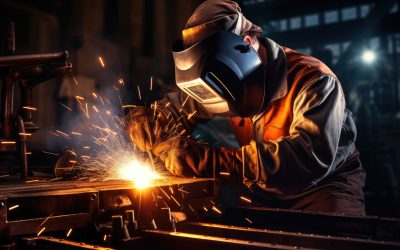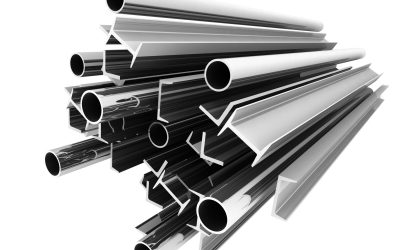If your company generates a lot of wastewater, one of your biggest expenses could be the cooling and lubrication system. In fact, once coolant or lubricant becomes contaminated it can no longer be used. Instead of simply throwing it away many businesses today are turning to recycling methods but there is a major concern. How do you separate the oils from the moisture? This problem is often solved with modern day oil and water separator methods. Let’s take a closer look to see how these systems work.
API
This system is commonly used in the petroleum and chemical industry. It is designed to remove large amounts of oil at one time and simply the process of recovering oil. API filtration can also be used for storm water filtration.
Bilge Water Separators
Many marine applications need a way to filter contaminants from bilge water, before releasing it into the ocean. This fluid is an accumulation or fresh and saltwater and fluids from the engine room. This system works by decanting water in a separate tank and then skimming off the sludge, where it is then transferred to a holding tank. The water then passes through more than one stage of filtration before being released.
Gravity Plate Oil and Water Separator
This system uses a series or plates and gravity to filter out oily droplets. As the fluid passes from one plate to the next, tiny oil droplets accumulate on the underside of each plate. Oil then floats to the top of the chamber, so it can be skimmed and separated. This process does not work well for very small droplets and may be used in conjunction with other methods when more complete filtration is required.
Centrifugal Force
The act of spinning a liquid can produce an amazing amount of separation. For example, lighter liquids are spun to the outer edges of a container while it spins. At the same time, the more dense liquids stay in the middle area. This can be a very effective way to remove many kinds of contaminants from liquid.
Floating Skimmer Oil and Water Separator
This process is used in the metal working industry and can be highly effective. It is also referred to as a tramp oil separator. A special free floating skimmer is mounted inside a reservoir where tramp oil is sent. The skimmer is then pulled along the surface and collects oil both above and below the surface. It is then sent through a bag filter to remove any solids.



